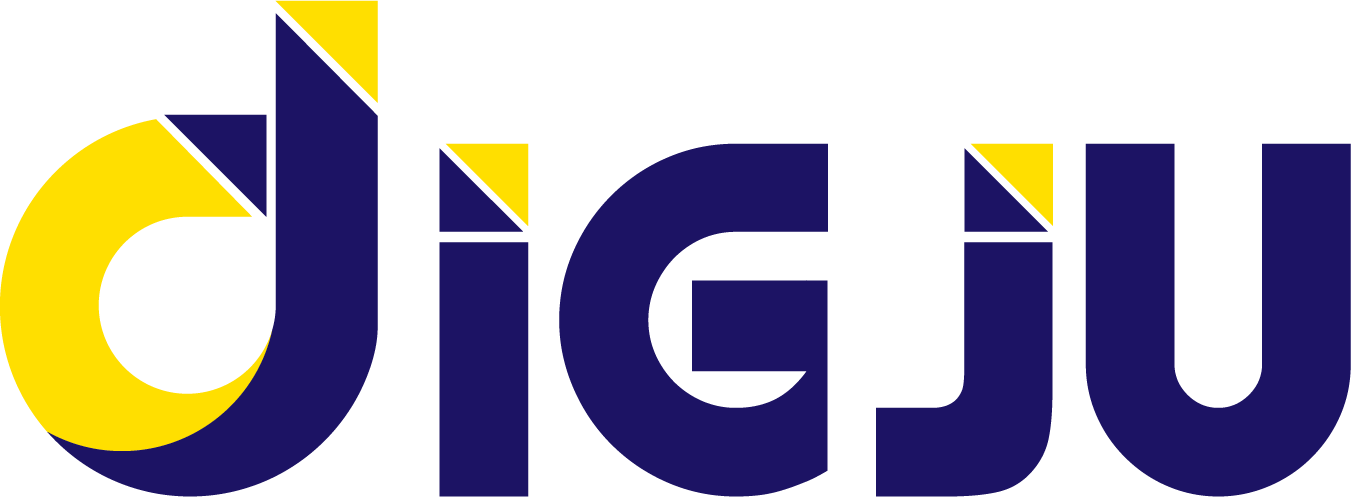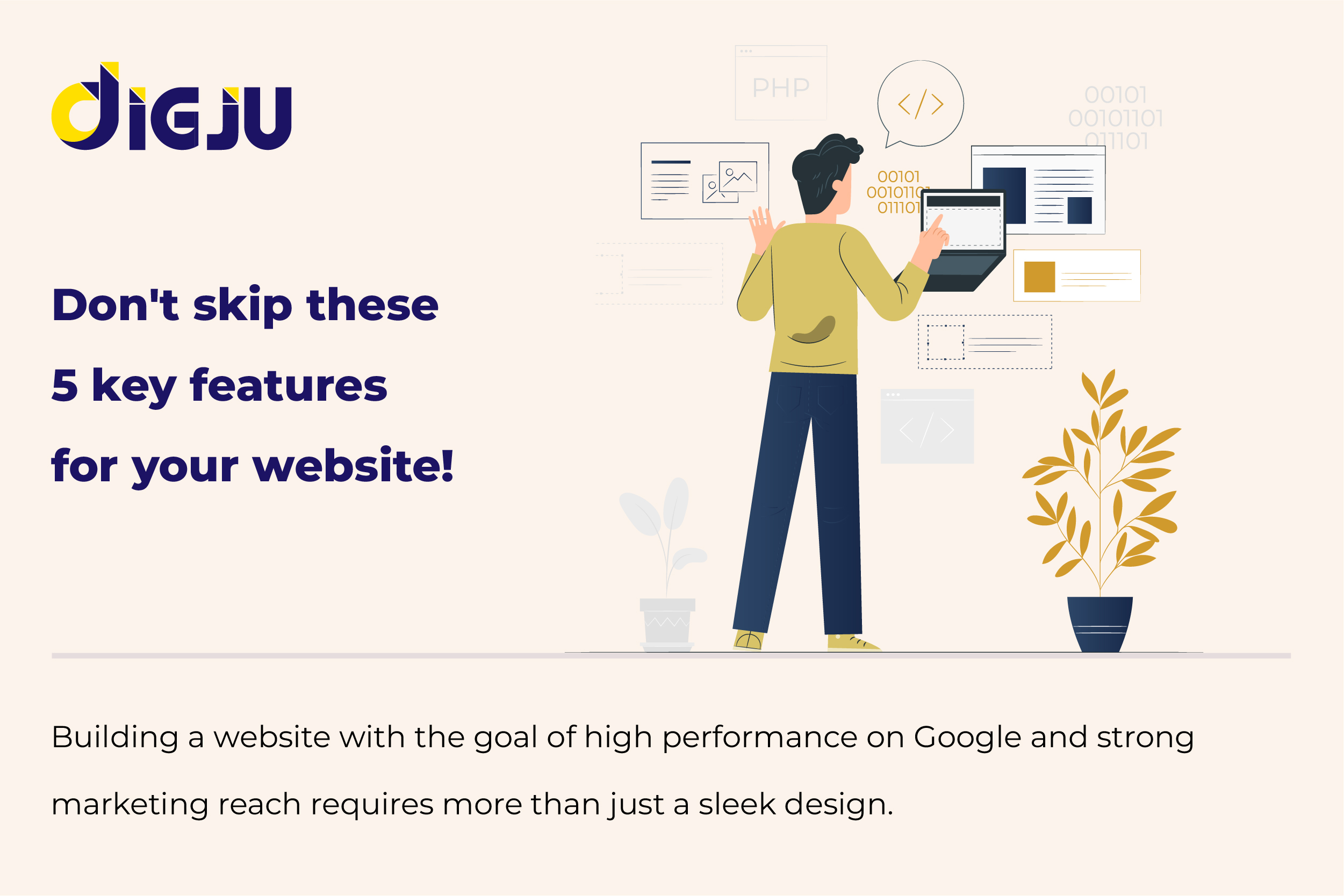Building a website with the goal of high performance on Google and strong marketing reach requires more than just a sleek design. Overlooking these 5 essential features could mean missing out on crucial visibility and user engagement. Make sure your site is set up for success with the right elements in place!
1. XML Sitemap: Boost Your Site’s Visibility
Ever wondered how to make sure every page on your website gets noticed by search engines like Google? A XML Sitemap is your answer. Think of it as a digital roadmap for search engines, guiding them to all the important pages on your site.
What is XML Sitemap?
The XML sitemap lists all your web pages in xml format, making it easier for search engine crawlers to locate and index your content. With an XML Sitemap, you can ensure no page goes unnoticed, improving your chances of ranking higher on search results.
2. Essential Meta Tags: Improve Search Rankings & Social Shares
Meta tags are often overlooked, but they’re crucial for optimizing your site for search engines and social media platforms. We ensure your website includes these three essential types of meta tags:
- SEO Tags: These tags help search engines understand the content on your pages, which improves your website’s visibility on platforms like Google. Optimizing SEO tags can lead to better rankings and more organic traffic, meaning more people find your business.
- Social Media Meta Tags: Ever noticed how some links look more attractive on social media than others? Social media meta tags ensure that when your content is shared on platforms like Facebook or LinkedIn, it’s displayed properly and is visually engaging. This increases the chances of users clicking on your link.
- Canonical Tags: Duplicate content can confuse search engines and harm your rankings. Canonical tags tell search engines which version of a page is the most important, preventing issues with duplicate content and improving your overall SEO performance.
Why it matters:
Properly optimized meta tags can drive more organic traffic from search engines and increase engagement on social media, helping you attract high-quality visitors to your website.
3. Bot Protection: Keep Your Site Secure
Your website isn’t just for human visitors—bots frequently scan your site too. Some bots are helpful, like search engine crawlers, but many can be harmful, attempting to exploit vulnerabilities.
Why it matters:
Implementing bot protection ensures that only legitimate visitors access your site, keeping malicious bots at bay. This minimizes security risks and ensures a smooth experience for real users, which boosts engagement and builds trust.
The benefit:
By blocking harmful traffic, your website becomes more secure and provides a better browsing experience for your visitors. This leads to higher user satisfaction and a stronger reputation.
4. Pregenerated Web Page Caching: Speed Up Your Website
In today’s fast-paced world, website speed is critical. Visitors expect your site to load quickly, and if it doesn’t, they’re likely to leave before even exploring it.
How it works:
Regenerated web page caching stores versions of your web pages, allowing them to load faster, especially for returning visitors. This ensures that your site runs smoothly and quickly, even as traffic increases.
Why it matters:
Faster websites keep visitors engaged longer, reducing bounce rates and increasing conversions. By speeding up your site, you can improve the overall user experience, making visitors more likely to stay and explore.
5. Automatic Variable Image Sizes:
Imagine you are seeing a 4K Image on Your Phone. You click an image on your phone, but it’s a huge 4K desktop version. Now you’re waiting for it to load, burning through data for details you can’t even see on a small screen.
Or picture the opposite: viewing a phone-sized image on your big desktop monitor. It loads fast, but the quality disappoints.
This variable image sizes feature comes in, adjusting each image to the perfect size based on the device, ensuring quick loads on mobile and stunning clarity on desktops. This boosts site speed, saves data, and enhances user experience—making every screen look just right.
To conclude:
“Design is how it works.” Ensure your site is optimized with the right elements to succeed in both performance and marketing reach.

